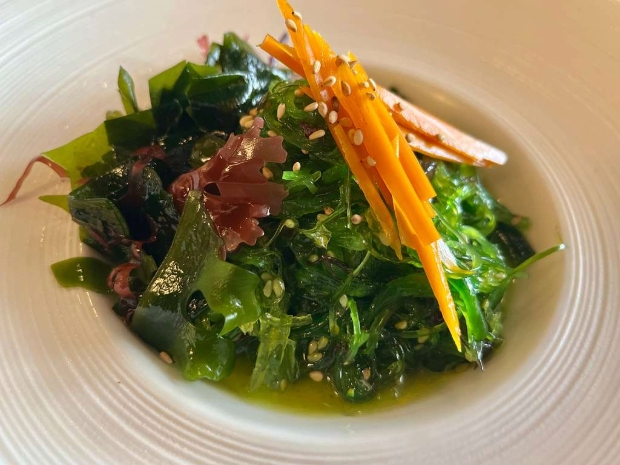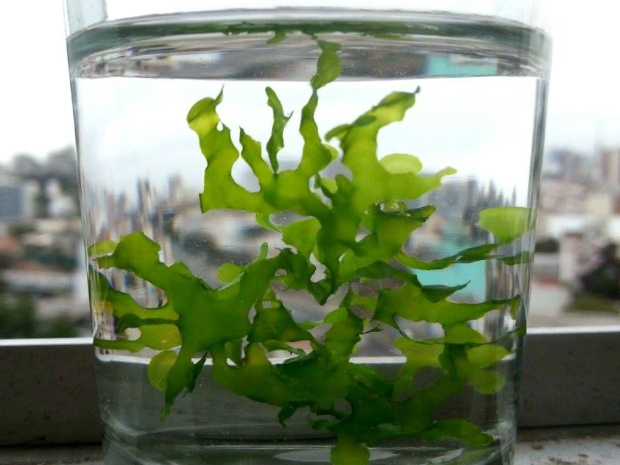(Representational image courtesy Flickr)
Want to grow your own fresh seaweed right at home? It’s easier than you might think, and it’s a super sustainable way to add some delicious and nutritious greens to your meals. No need to live by the coast either! You can totally do this even in your urban home without breaking the bank.

Here’s a step-by-step guide to help you start your own mini seaweed farm.
Materials you’ll need
Before you begin, gather the essentials: an aquarium or large container, synthetic sea salt, a seaweed starter culture (available from suppliers or marine research centres), a water heater, thermometer, air pump, air stone, and full-spectrum aquarium lights. These items help replicate the natural aquatic environment at home.
Place your aquarium in a shaded spot away from direct sunlight. Prepare the water by dissolving synthetic sea salt in dechlorinated water, ensuring a salinity level of about 35 ppt. Install the equipment — heater, thermometer, air pump, and lighting — to create a stable, oxygenated, and well-lit environment for your seaweed.
Introducing the seaweed
Acclimate your seaweed starter culture by floating it in a sealed bag on the water’s surface for 15 minutes. Once adjusted, secure the seaweed to small rocks or a mesh at the bottom of the tank to anchor it. This ensures the seaweed remains in place as it grows.

Maintain the water temperature between 20-24°C, as this range suits many seaweed species. Provide 8-10 hours of light daily using aquarium lights, and regularly monitor water quality, salinity, and pH levels. Perform weekly partial water changes to keep the environment clean.
Harvesting and tips
Seaweed grows rapidly under ideal conditions. Trim mature sections with clean scissors, leaving the base intact for regrowth. For beginners in India, Kappaphycus alvarezii is a great species to start with. Reach out to organisations like the Marine Algal Research Station in Mandapam for additional guidance.
Growing seaweed at home is a rewarding and sustainable practice, offering fresh, healthy produce while teaching you about aquatic farming. Give it a try — you might be surprised by how enjoyable it is to cultivate your own nutrients!
Edited by Arunava Banerjee
No comments:
Post a Comment